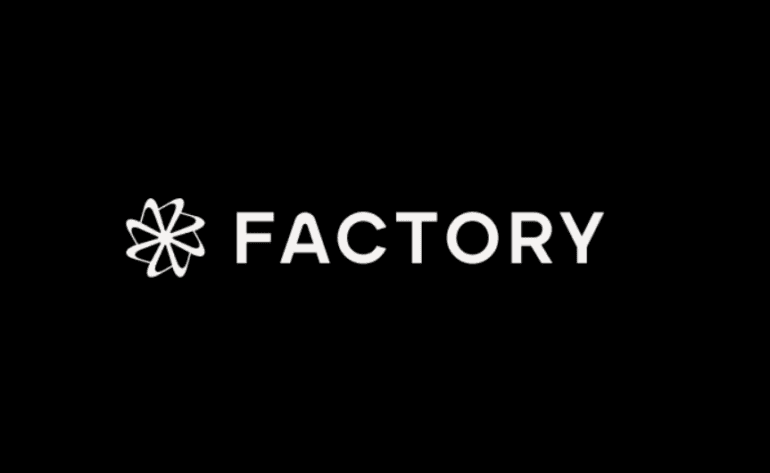TL;DR:
- Factory, founded by Matan Grinberg and Eno Reyes, aims to automate software development processes using AI.
- The company’s “Droids” handle tasks like code review, code refactoring, documentation, and code generation.
- Factory’s systems are built on the “Droid core,” incorporating an engine and algorithm to process engineering data.
- The “Reflection Engine” adds a layer of security and customization to third-party AI models.
- Factory’s suite boosts developer productivity, streamlining the software development lifecycle.
- Concerns exist about AI errors and insecure code generation.
- Factory plans to train more AI models, creating a comprehensive engineering AI system.
- Recent $5 million seed funding from prominent investors supports Factory’s growth.
Main AI News:
In the pursuit of accelerating developer velocity, Factory, a cutting-edge company helmed by Machine learning PhD Matan Grinberg and Eno Reyes, a former data scientist at Hugging Face and Microsoft, has emerged as a game-changer. Their mission? To usher in a new era of autonomy within software engineering by harnessing the power of AI.
Factory’s groundbreaking platform, born out of a San Francisco Hackathon, originally focused on solving simple coding problems. However, its founders soon recognized its immense commercial potential and embarked on a journey to expand its capabilities. This led to the birth of Factory, a company dedicated to monetizing their innovative creation.
Factory’s vision is crystal clear, as Grinberg himself explains: “Factory helps large engineering organizations automate parts of their software development lifecycle via autonomous, AI-powered systems.” These systems, affectionately referred to as “Droids” by Grinberg, are designed to tackle repetitive, time-consuming software engineering tasks that often bog down development teams. These tasks include code review, code refactoring, documentation generation, and even code generation itself, reminiscent of GitHub Copilot.
The array of Factory’s Droids is impressive. The “review Droid” offers insightful code reviews and provides context for human reviewers on every codebase change. The “documentation Droid” generates and updates documentation as needed. The “test Droid” writes tests and maintains test coverage, adapting seamlessly to new code merges. The “knowledge Droid” resides within communication platforms like Slack, answering deeper engineering system questions. Last but not least, “project Droid” assists in planning and designing requirements based on customer support tickets and feature requests.
The foundation of Factory’s Droids lies in the “Droid core.” This core consists of an engine that processes a company’s engineering system data to build a knowledge base and an algorithm that extracts insights from this knowledge base to solve diverse engineering challenges. Moreover, Factory employs a third critical component known as the “Reflection Engine.” This engine acts as a filter for third-party AI models, giving Factory the ability to implement its own security measures and best practices on top of these models.
For large engineering organizations, Factory’s suite offers a compelling proposition. It not only enhances product development speed but also elevates engineering morale by alleviating the burden of tedious tasks such as code review, documentation, and testing. What’s more, thanks to the autonomous nature of the Droids, minimal user education and onboarding are required.
The potential impact is significant. According to a 2019 survey by Tidelift and The New Stack, developers spend a substantial 35% of their time managing code, including testing and addressing security concerns. In stark contrast, less than a third of their time is devoted to actual coding. Factory aims to reverse this trend.
Yet, there are valid concerns. Even the most advanced AI models are not immune to catastrophic errors. Generative coding tools, while powerful, can introduce insecure code. A Stanford study even suggests that software engineers using code-generating AI are more likely to inadvertently create security vulnerabilities.
Grinberg is forthright about Factory’s limitations in training all its models in-house, making them reliant on third-party vendors for AI capabilities. However, he emphasizes that Factory continues to deliver value while navigating these challenges.
The long-term strategy for Factory is to train more of its AI models, creating a comprehensive “end-to-end” engineering AI system. Grinberg envisions differentiating these models by collaborating with early customers to gather engineering training data.
The road ahead may be challenging, given the competitive landscape of AI startups. However, Factory has already forged partnerships with approximately 15 core companies, demonstrating its real-world impact. Their recent $5 million seed funding, co-led by Sequoia and Lux, alongside other prominent investors, will fuel Factory’s expansion, enabling them to further enhance their platform and team.
Conclusion:
Factory’s innovative AI-driven approach to streamline software development processes has the potential to significantly impact the market. By addressing the inefficiencies in developer velocity, Factory’s Droids could lead to faster and more efficient product development for engineering organizations. However, the reliance on third-party AI models and the need to ensure the security and reliability of code generation tools pose challenges. Nevertheless, with substantial investment and a growing client base, Factory is positioned to make a lasting mark in the AI-driven software development landscape.

